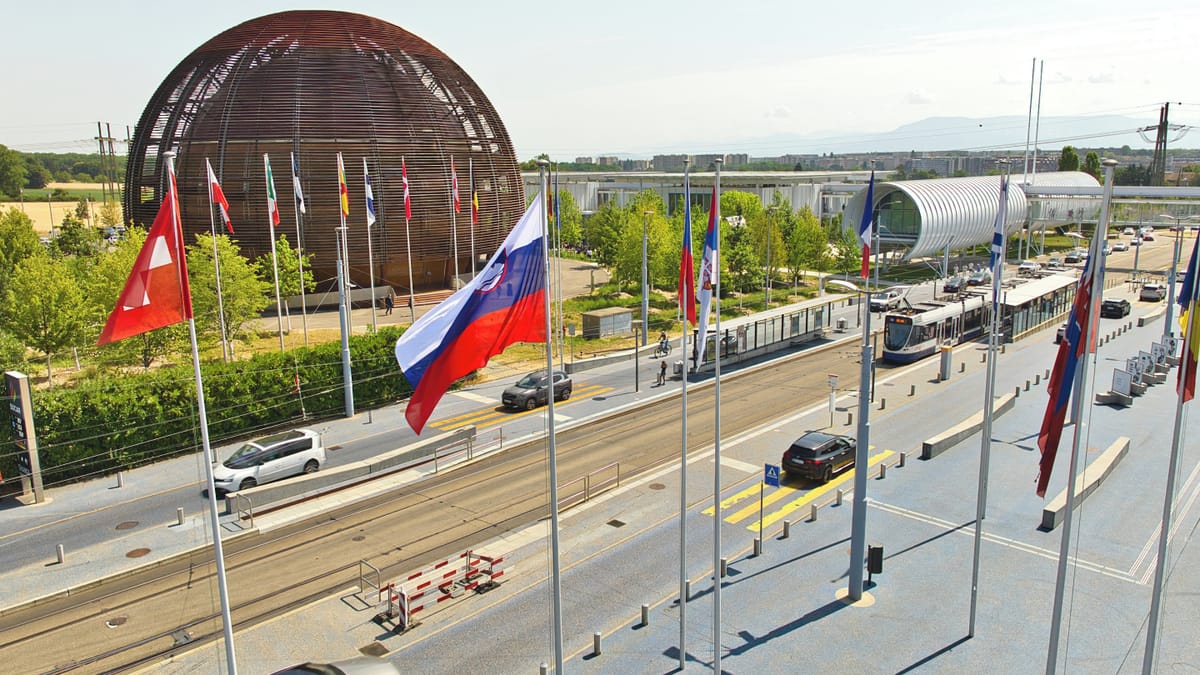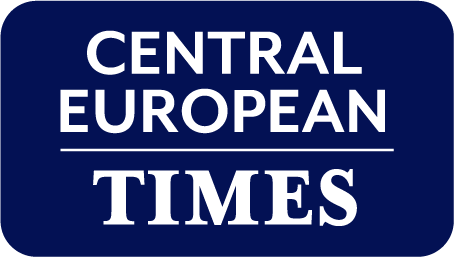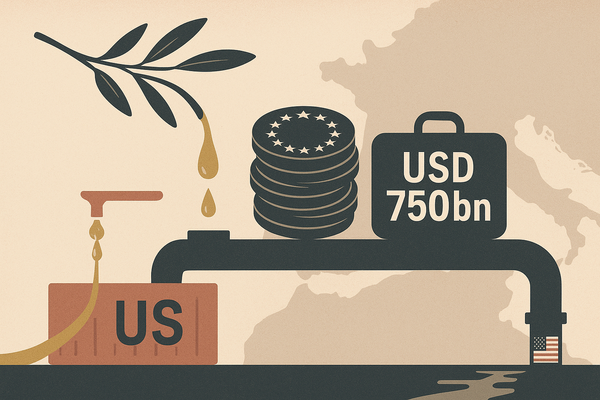
From record R&D to CERN: Slovenia’s innovation surge
Slovenia leads Central and Eastern Europe (CEE) for government-funded R&D investment according to a new report released in the wake of the country becoming the 25th member of the European Organisation for Nuclear Research (CERN).
The CEE country has more than doubled its public R&D spending in a decade, to nearly 0.9 % of GDP, the highest share in CEE, an Erste Bank Research report published on 6 August found.
No other CEE country exceeded the EU average of 0.75 % of GDP in public R&D expenditure, Erste notes. Slovenia's twin milestones reflect a push to expand innovation, international partnerships and science infrastructure, even as its regional peers lag the EU average.
Also on the podium for CEE-government-funded R&D as a share of GDP were Croatia (0.6 %) and Czechia (0.5 %). Romania placed last in the region in 2024, investing just 0.1 % of GDP in public R&D.
"Outside of Europe, Japan and South Korea reported even higher figures in 2023, at 1.7% and 1.27% of GDP, respectively," Erste noted.
Erste Bank’s macro research division analysed data from Eurostat, the EU's official statistics agency. Its assessment included national and regional public-sector funding dedicated to R&D activities, including university-based programmes and public research institutions.
Public spending on R&D remains uneven across CEE
While Slovenia outperformed its regional peers, most CEE countries continue to allocate limited budgetary space to government-financed R&D. Bulgaria, Slovakia and Hungary each committed 0.3-0.4 % of GDP in 2024, while Poland was slightly lower at 0.2 %.
Erste Bank noted that public R&D intensity in Slovenia now approaches levels seen in Western European countries such as Austria and Germany, where investment was around 1 % of GDP in 2024. It added that Denmark is also an R&D-intensive economy, leading the EU.
Although the report did not include private-sector R&D outlays, strong public R&D ecosystems tend to encourage higher business investment in innovation, especially in manufacturing and pharmaceuticals.
Slovenia’s innovation capacity gains strategic relevance
This upward trajectory in public R&D investment has coincided with a milestone that raises Slovenia’s international research profile: its accession to full CERN membership in July. This was marked by the raising of the Slovene national flag at the organisation’s Geneva campus in the presence of Slovenian Prime Minister Robert Golob.
Slovenian Higher Education, Science and Innovation Minister Igor Papic said at the ceremony that CERN membership will open new scientific and industrial opportunities for Slovenian researchers and companies. CERN Director-General Fabiola Gianotti underlined the importance of cross-border cooperation in fundamental research.
The Slovenian Higher Education, Science and Innovation Ministry said in June that it would maintain elevated R&D funding levels through 2025, backed by Recovery and Resilience Facility (RRF) allocations and EU structural funds. The ministry also aims to expand international research partnerships and digital infrastructure for science.
The Czech government said in May that it would propose a gradual R&D budget increase in its 2026 fiscal plan, while Croatia’s Science and Education Ministry announced in April a review of research grant disbursement mechanisms to improve uptake and effectiveness.
Policy momentum expected to shape R&D outlook
Slovenia’s investment trajectory could strengthen its capacity to attract research-based industries and collaborative EU projects under Horizon Europe and could serve as a reference point for other CEE countries seeking to increase innovation spending and access more EU research financing. Erste Bank said policy credibility and long-term budget planning will remain key factors in closing the regional gap.
Eurostat plans to release updated data on public and private R&D expenditure across EU member states in October. The European Commission will also publish the 2025 European Innovation Scoreboard in December.





